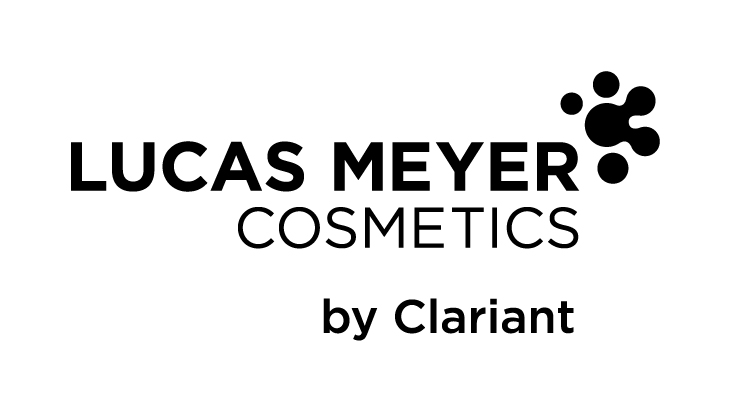John Woodruff provides a round-up of some of the more interesting natural ingredients that are currently available to cosmetic formulators
Looking around this year’s in-cosmetics show, one could be forgiven for thinking that cosmetics were composed entirely of natural ingredients, as each stand exhibited its latest extracts and actives from botanical sources.
Active materials are predominantly aimed at anti-ageing products in an attempt to minimise the visible effects of ageing on skin. This may be achieved by providing an immediate tightening effect: a longer term rebuilding of the extracellular matrix leading to firmer skin, by providing antioxidants to combat free radical damage and by soothing, moisturising and adding beneficial oils to improve its barrier properties.
Correcting hyperpigmentation and improving skin radiance is also of importance and this was described in detail in the May issue of SPC. However even more ingredients have been introduced this year. One of them is Clerilys W from Greentech. This is a combination of extracts obtained from cucumber, white mulberry and hibiscus. The white mulberry reduces melanin biosynthesis by inhibiting tyrosinase activity; the phenylalanine obtained from cucumber limits membrane transfer of melanin into melanosomes and the organic acids of hibiscus flowers play an exfoliating role. Its content of pyruvic and citric acids improves cell turnover and dark spots are lessened. These organic acids also act as reducing agents, changing brown melanin into its non-pigmented form.
Retinoids are very effective at restoring skin radiance but they are difficult to stabilise and may also have unwelcome side effects on many users. An alternative suggested by Sytheon is Sytenol A, a natural ingredient isolated from the leaves of Psoralea corylifolia, the active principal of which is bakuchiol, with very similar properties to retinoids but without the side effects. Also described as a substitute for retinoids is Revinage from Chemyunion. It is extracted from Bidens pilosa, commonly called hairy beggarticks, cobbler’s pegs or Spanish needle. Both Sytenol A and Revinage provide broad spectrum anti-ageing benefits as antioxidant and anti-inflammatory compounds and they inhibit the release of matrix metalloproteinase. As with all the ingredients mentioned in this review their activities are supported by extensive test data from the suppliers.
Kalilight from Kalichem is a white, microfine, stable suspension of activated hydroxyapatite particles proposed as a biocompatible delivery system to enhance the synergy of cysteine and glutathione as skin lightening and de-pigmenting agents. Hydroxyapatites are naturally occurring mineral forms of calcium apatite and a pure form is functionalised by the addition of cysteine and glutathione to form a slow release system able to supply these two amino acids to the skin. They exhibit antioxidant activity and also inhibit melanin production by inactivating tyrosinase and preventing the transformation of eumelanin to pheomelanin.






